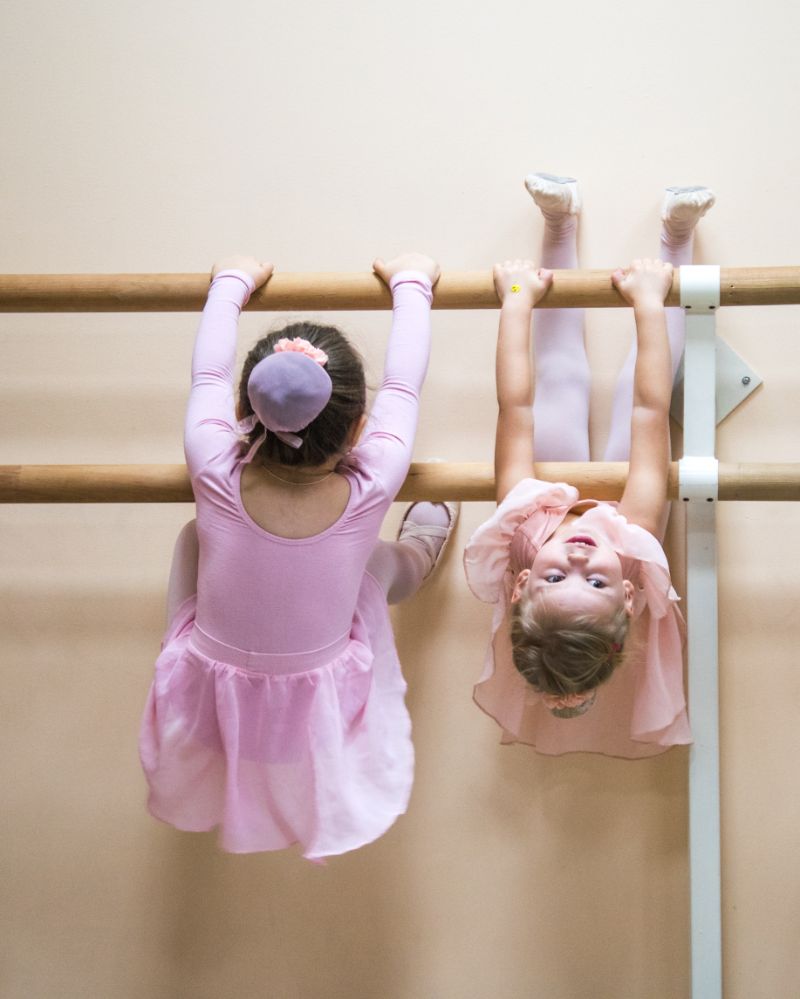Dance has been a form of expression for centuries, and its benefits go beyond entertainment and aesthetics. Dance education has become increasingly popular as it provides students with a creative outlet to express themselves while improving their physicality and mental health. The impact of dance education on student well-being and mental health is significant, and dance school owners should understand the importance of incorporating it into their curriculum.
Physical Benefits
Dance education helps improve students' physical health by challenging them physically and improving their cardiovascular endurance, muscular strength, and flexibility. Dance also helps students maintain a healthy weight by burning calories and promoting good posture, which reduces the risk of developing chronic conditions such as obesity, diabetes, and heart disease.
As dance involves repetitive movements, it helps students develop muscle memory, which improves their coordination and balance. This, in turn, helps prevent falls and other injuries. Dance also helps students develop their motor skills, which are essential for everyday activities such as walking and running. As students improve their physical abilities, they also gain confidence in their bodies, which can help improve their mental health.
Mental Health Benefits
The benefits of dance education on mental health are numerous. Dance provides a creative outlet for students, allowing them to express their emotions and improve their self-esteem. Dance can also help reduce stress and anxiety, which has become a significant problem for many students. A study by the American Psychological Association found that dance can help reduce stress and anxiety levels by promoting relaxation, mindfulness, and meditation.
As dance requires discipline and focus, it can help students develop their concentration skills, which can translate to other areas of their lives, such as academic performance. Dance also helps students develop their social skills by working in groups and learning to communicate effectively with others. This can help improve their relationships with family and friends, leading to a more fulfilling life.
In addition to these benefits, dance also helps improve cognitive function by stimulating the brain. A study published in Frontiers in Aging Neuroscience found that dance can help improve cognitive function in older adults. Dance requires mental processing, memory recall, and problem-solving, all of which help keep the brain sharp and healthy.
Incorporating Dance Education into Your Curriculum
As dance school owners, it is essential to incorporate dance education into your curriculum to provide students with the physical and mental benefits discussed above. The following are some tips to help you incorporate dance education into your curriculum:
1. Offer a variety of dance styles
Offering a variety of dance styles can help students find the style that suits them best. This can include ballet, modern dance, tap dance, and contemporary dance, among others. Offering a variety of styles also helps students develop diverse skills and techniques that can improve their physical abilities and mental health.
2. Hire qualified instructors
To provide quality dance education, it is essential to hire qualified instructors who have experience teaching dance. Instructors should be knowledgeable about the physical and mental benefits of dance and should be able to create a safe and supportive environment for students.
3. Incorporate mindfulness practices
Incorporating mindfulness practices such as meditation and breathing exercises can help students reduce stress and anxiety and improve their overall well-being. These practices can be incorporated before or after dance classes.
4. Encourage creativity
Encouraging creativity can help students express themselves and improve their self-esteem. This can be done by allowing students to create their own choreography and providing opportunities for them to showcase their work.
5. Provide opportunities for performance
Providing opportunities for performance, such as recitals or showcases, can help students develop their confidence and showcase their skills. Performance opportunities can also help students develop their social skills by working with others and communicating effectively.
Conclusion
The impact of dance education on student well-being and mental health is significant. Dance provides physical benefits such as improving cardiovascular endurance, muscular strength, and flexibility, as well as mental health benefits such as reducing stress and anxiety, improving self-esteem, and developing cognitive function. As dance school owners, it is essential to incorporate dance education into your curriculum to provide students with these benefits. By offering a variety of dance styles, hiring qualified instructors, incorporating mindfulness practices, encouraging creativity, and providing opportunities for performance, you can help your students develop their physical and mental abilities while enjoying the art of dance.
